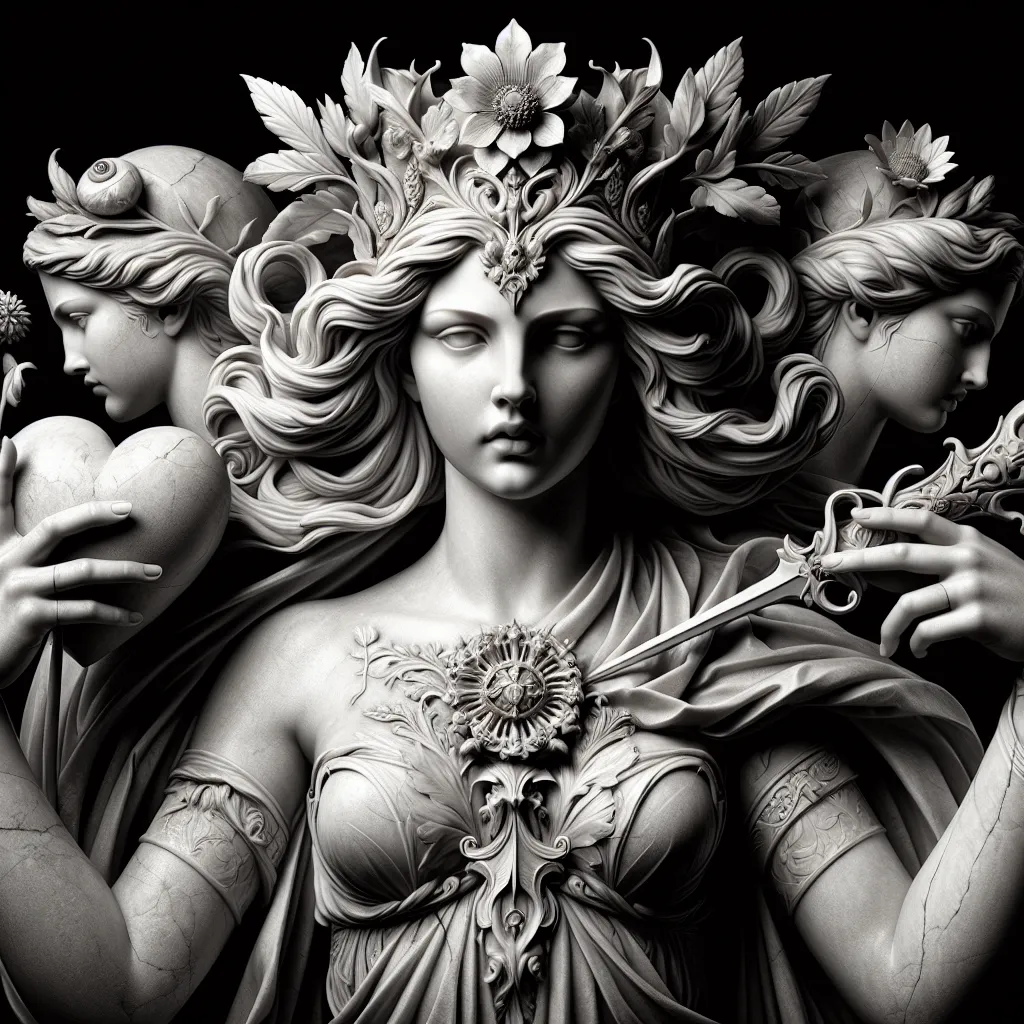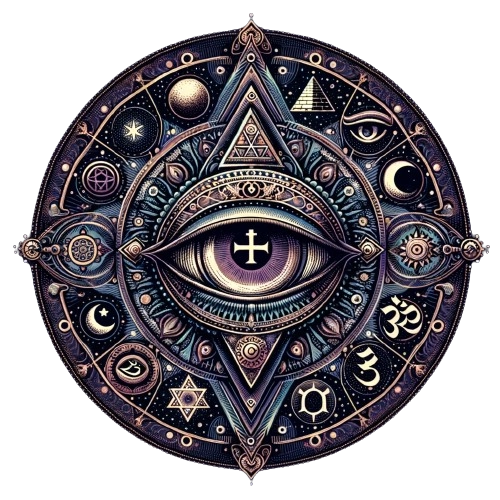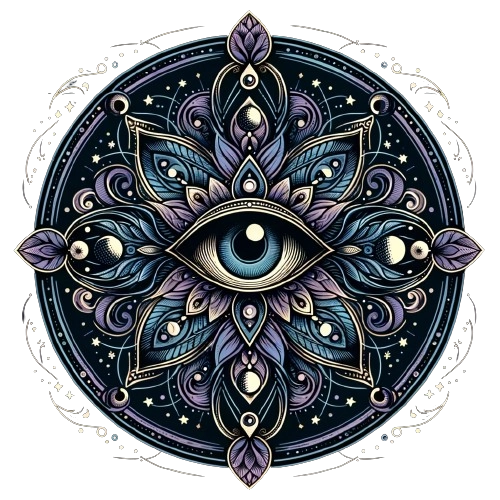
- Published on
- Authors

- Name
- You
Freyja: Goddess of Love, Beauty, and War
Freyja, one of the most renowned deities in Norse mythology, embodies a complex and seemingly contradictory nature. As the goddess of love, beauty, fertility, and war, Freyja encapsulates the multifaceted human experience. Her influence reverberates through ancient myths and modern interpretations alike. This article delves into the dual aspects of Freyja and elucidates her significance in Norse belief.
Origins and Family
Freyja belongs to the Vanir, a group of deities associated with fertility and prosperity. She is the daughter of Njord, the sea god, and the sister of Freyr, another major Vanir deity. According to some myths, Freyja was married to Odr, who mysteriously vanished, prompting her to search for him across the realms—a quest that underlines her attributes of unwavering love and devotion.
The Duality of Freyja
Love and Beauty
Freyja is frequently associated with love and beauty. She is often depicted as a captivating figure, her charm irresistible to gods and mortals alike. Freyja's greatest symbol in this realm is the Brísingamen, a magnificent necklace she acquired from dwarfs by offering them her love. The myths surrounding her beauty and allure serve to illustrate the Norse perception of femininity and sensuality.
Fertility
In addition to love, Freyja is a potent symbol of fertility. She oversees the growth of crops, the fecundity of livestock, and the prosperity of human endeavors. As a goddess of fertility, she plays a crucial role in the agricultural cycles that sustain her people.
War and Death
A seemingly paradoxical aspect of Freyja is her association with war and death. Much like Odin, she receives the souls of fallen warriors. It is said that half of those who perish in battle are welcomed into her afterlife realm, Folkvangr, while the rest go to Odin's Valhalla. This role as a chooser of the slain (valkyrie) complements her more nurturing attributes, highlighting the Norse belief in the interconnectedness of life and death.
Rituals and Ceremonies
Summoning Freyja
Ancient Norse rituals often involved calling upon Freyja's aid. This process typically included:
- Sacrifices: Often, offerings like mead, flowers, and animal sacrifices were made.
- Ritual Songs and Chants: These vocal offerings were designed to invoke her presence and favor.
- Invocations and Prayers: Worshippers would recite specific invocations to appeal to her generous nature.
Sacred Sites
Numerous sites across Scandinavia were dedicated to Freyja. Groves, springs, and other natural places were considered her sacred spaces where devotees could connect with her energy.
A Blend of Science and Mysticism
Modern science and archaeology supplement our understanding of Freyja. Here’s a table highlighting the intersection:
| Domain | Scientific Insight | Mystical Aspect |
|---|---|---|
| Archaeology | Unearthed artifacts, including amulets and carvings. | Sacred relics invoking Freyja’s protection and blessings. |
| Anthropology | Studies on societal roles of fertility and warfare. | Spiritual traditions ascribing these roles to Freyja. |
| Psychology | Exploration of feminine archetypes and their symbolism. | The embodiment of divine feminine energy through Freyja. |
| Astronomy | Alignments of rituals with natural celestial events. | Use of astrological events to enhance ritual effectiveness. |
Conclusion
Freyja's duality encapsulates the breadth of human emotion and societal roles in Norse culture. Understanding her complex nature offers valuable insights into both ancient beliefs and the timeless themes of love, beauty, fertility, war, and death. Through modern science and mystical wisdom, we can appreciate the multifaceted legacy of Freyja, a goddess who continues to captivate hearts and minds.
Further Reading
- Davidson, H.R.E. Gods and Myths of Northern Europe. Penguin Books, 1964.
- Simek, Rudolf. Dictionary of Northern Mythology. D.S. Brewer, 1993.
- Billington, Sandra. Freyja: The Great Goddess of the North. Blandford Press, 1997.
